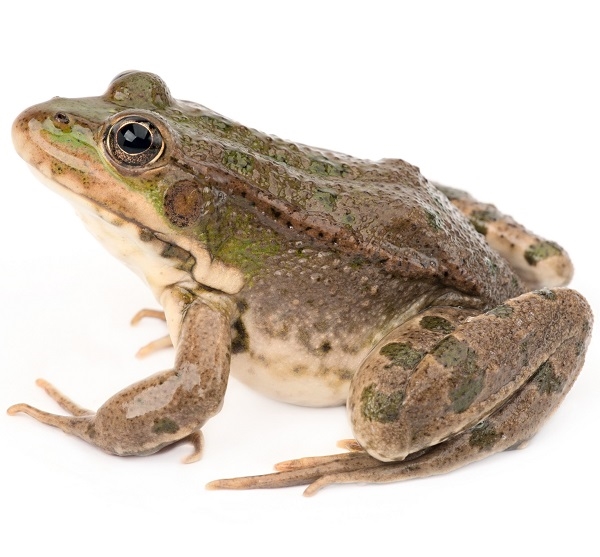Frog legs are a popular and nutritious food. They can be used in a wide range of recipes.
They are also a leaner alternative to red meat and chicken. They are rich in protein and contain essential vitamins and minerals.
Overview of Frog Legs as a Food Source
Frog legs are a popular dish across the world, especially in French and Chinese cuisines. They are a healthy source of protein and contain a variety of nutrients such as omega-3 fatty acids, potassium, Vitamin A, and protein.
However, a growing worldwide craze for frog legs is putting a strain on wild frog populations. According to a new study, the $40 million-per-year culinary trade is threatening amphibians around the world.
Culinary Uses
Frog legs are a popular delicacy in France, Thailand, and Indonesia. Often called cuisses de grenouille, they are a delicious and nutritious treat.
They are low in calories, fat, and cholesterol and have a high amount of protein and B vitamins. The meat is tender, flavorful, and easy to cook.
The legs can be cooked in soups, grilled, sauteed, or battered and fried. They can also be steamed or baked.
Availability and Market Trends
The demand for frog legs is putting the survival of wild amphibians at risk, a new study warns. The European Union imports an estimated 4,000 tons of frog legs each year, the majority of which are captured from the wild.
The trade is unregulated and unsustainable, threatening frog populations in countries like Indonesia, Turkey and Albania, according to conservationists. This frog leg trade also increases the likelihood of local and regional frog extinctions, as well as spreads disease along the supply chain.
The frog leg trade is also a black box, with little information about where the frogs come from and how they impact natural ecosystems. This lack of transparency is a serious concern, argued Dr. Altherr, of Pro Wildlife, a German animal welfare group.
Health Benefits and Concerns
Frog legs are a popular food, and they’re also an important source of protein, vitamin A, omega-3 fatty acids and potassium. They’re low in calories and easy to prepare.
However, they’re also a significant strain on frog populations. According to a recent study, frog leg consumption is contributing to a global decline in amphibian species.
In addition to the nutritional benefits, frog legs also contain antibiotic properties. This is because they contain substances on their skin that inhibit the growth of microbes.
Sustainability Issues
Frog Legs are a favorite dish in restaurants and homes throughout the world. They are also a popular ingredient in Cantonese cuisine.
But the international trade of frog legs is unsustainable and it is contributing to a decline in amphibian populations, according to a new report by German animal conservation group Pro Wildlife and French NGO Robin des Bois.
The trade is devastating frog populations in source countries and, in the process, causing severe environmental impacts to natural ecosystems. It also exacerbates the already rapid decline of biodiversity, according to co-author Sandra Altherr of Pro Wildlife.

